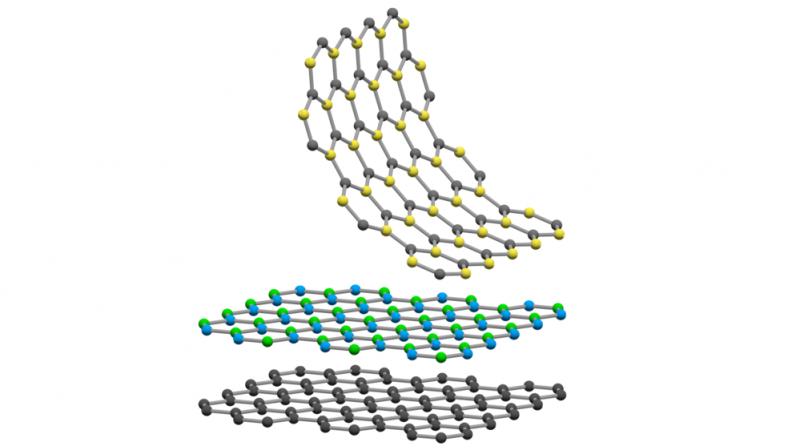New porous graphene material stronger, lighter than steel
The findings show that the crucial aspect of the new 3D forms has more to do with their unusual geometrical configuration

MIT scientists have designed a newsponge-like material that is lighter and about ten times stronger than steel, by compressing and fusing flakes of graphene. In its 2D form, graphene is thought to be the strongest of all known materials. However, researchers until now have had a hard time translating that 2D strength into useful 3D materials. The findings show that the crucial aspect of the new 3D forms has more to do with their unusual geometrical configuration than with the material itself, which suggests that similar strong, lightweight materials could be made from a variety of materials by creating similar geometric features.
Researchers at Massachusetts Institute of Technology in the US analysed the material's behaviour down to the level of individual atoms within the structure. They were able to produce a mathematical framework that very closely matches experimental observations.
Two-dimensional materials - basically flat sheets that are just one atom in thickness but can be indefinitely large in the other dimensions - have exceptional strength as well as unique electrical properties. However, due to their extraordinary thinness, "they are not very useful for making 3D materials that could be used in vehicles, buildings or devices," said Markus Buehler, from MIT's Department of Civil and Environmental Engineering (CEE).
The team was able to compress small flakes of graphene using a combination of heat and pressure. This process produced a strong, stable structure whose form resembles that of some corals and microscopic creatures called diatoms. These shapes, which have an enormous surface area in proportion to their volume, proved to be remarkably strong.
"Once we created these 3D structures, we wanted to see what's the limit - what's the strongest possible material we can produce," said Zhao Qin, a CEE research scientist.
To do that, they created a variety of 3D models and then subjected them to various tests.
In computational simulations, which mimic the loading conditions in the tensile and compression tests performed in a tensile loading machine, "one of our samples has five per cent the density of steel, but 10 times the strength," Qin said.
Buehler said that what happens to their 3D graphene material, which is composed of curved surfaces under deformation, resembles what would happen with sheets of paper.
Paper has little strength along its length and width, and can be easily crumpled up.
However, when made into certain shapes, for example rolled into a tube, suddenly the strength along the length of the tube is much greater and can support substantial weight.
Similarly, the geometric arrangement of the graphene flakes after treatment naturally forms a very strong configuration. The research appears in the journal Science Advances.

